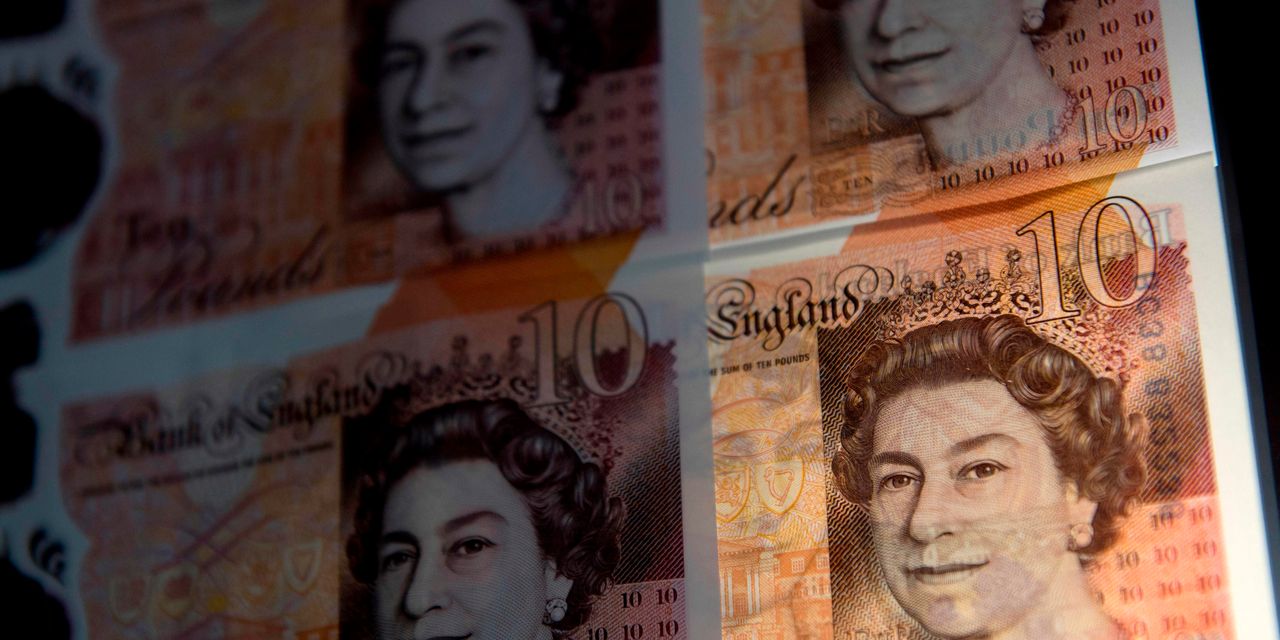The British pound on Friday crashed to its lowest level against the U.S. dollar since 1985 –– hitting $1.13 in the early hours of London trading.
Sterling
GBPUSD,
plummeted to a 37-year low after U.K retail sales dropped sharply by a bigger-than-expected 1.6% between July and August, driven by rising prices and the cost of living, the Office for National Statistics reported on Friday. The pound was recently down 0.8% at $1.1380.
The drop is ironically marked by the anniversary of Black Wednesday, where in 1992, the collapse in the pound forced the U.K government to withdraw from the European Exchange Rate Mechanism after it could not prevent the crash of sterling below the ERM limit. The collapse was predicted (or a self-fulfilled prophecy) by billionaire hedge fund manager George Soros, who built up a large short position against the pound.
In a note to clients on Friday, Citi analysts recommended shorting sterling vs the dollar “given our bearish rates view and the fact that our historical analysis suggests JPY FX intervention is rarely successful.”
When central banks aggressively raise rates to squeeze financial conditions, “one of the only places to hide is in USD cash,” said a team of analysts led by Jamie Fahy.
Citi is one of the world’s largest prime brokers of foreign exchange. Other analysts echoed the bank’s views on the pound.
“[The dollar] tends to perform well when there are concerns of global recession, and there’s a risk-off mood in markets. The dollar is a ‘safe haven’ asset, and you tend to see flows back into the dollar that support the currency as well,” Kamakshya Trivedi, Goldman Sachs head of global foreign exchange, told clients in a note.
The dollar’s rally is also marked by the Euro’s drop below parity against the dollar for the first time in almost 20 years earlier this summer.
Trivedi added that the U.S dollar rally is a “long way” from creating a crisis in the pound. The greenback has gained nearly 16% against the pound this year, while the ICE Dollar Index
DXY,
which tracks the dollar against a basket of six major currencies, is up 14% so far this year.
“There has been a significant shock in terms of the energy price pressures, and no government policy can fully offset that. But I think we are a long way away from the emerging-market style balance-of-payment-type crisis in the U.K,” he said.
